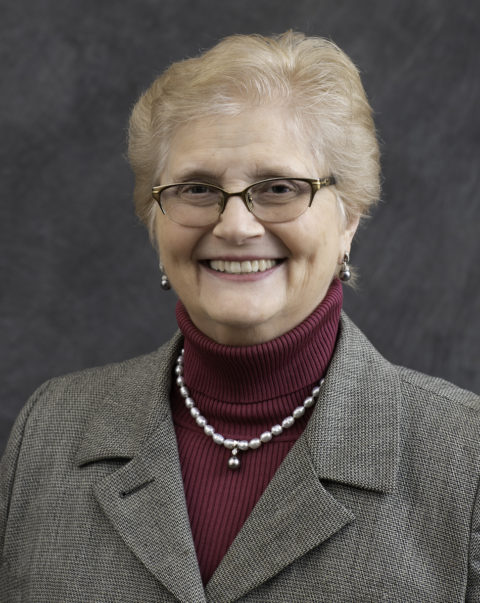Do you start your day with a little less bounce in your step and coast along half concentrating through the next eight hours at work before implanting yourself on your recliner chair mindlessly to watch TV past your bedtime? You are not alone. Adam Grant, an organizational psychologist at Wharton School of Business, wrote an article which appeared in the New York Times on April 19, 2021 entitled: “There’s a Name for the Blah You’re Feeling: It’s Called Languishing.” Grant’s depiction of languishing behaviors such as I mentioned above quickly resonated with millions of people of all ages who now attached a label to how they were feeling as part of the long haul effects of the prolonged pandemic. The article went viral and spawned more discussions on the subject.
Grant dubs languishing “the neglected middle child of mental health,” as it sits somewhere in no man’s land on the psychological spectrum between depression and flourishing. Those at the depression end of the mental health spectrum feel despondent, burned out, and worthless while those at the flourishing end feel the happiness of peak well-being with a strong sense of meaning, mastery, and fulfillment. Languishing is a tricky area to navigate as it is neither clearly mental illness or mental wellness, but something doesn’t feel right. A sociologist named Corey Keyes is credited with coining the term “languishing” in his research which followed the course of stagnating behaviors to more serious mental health disorders unless there was clear recognition of the problem and efforts to intervene. Grant is similarly worried that people who are now languishing are at risk for other mental ills like post-traumatic stress disorder (PTSD) and depression in the future.
Many people are simply falling into pandemic routines which include some degree of stagnation and mindlessness without the clarity of vision to see their way out. Grant suggests that languishing, with its attendant lack of focus and motivation, “may be the dominant emotion of 2021.” He offers his own silver bullet to offset languishing which he calls “flow”. Simply put, flow is “a state of absorption in a meaningful challenge or a momentary bond where you find your sense of time, place, and self melts away.” Grant and others have recommended immersing ourselves in some activity in an uninterrupted way, savoring small joyful moments, finding reconnection with others, completing even small projects, and trying new things as antidotes to languishing.
For those of us trying to break out of a languishing mind set, there is great hope. If you are young enough and have the inner resources to recharge and move forward, you can overcome it. What about much older adults living with age related cognitive loss who have been mired in languish throughout the pandemic? Are they doomed to remain stagnant or perhaps slip into worse mental states? The answer is “no” and the beauty of this antidote is that it helps alleviate languishing for caregivers as well as those for whom they care. Validation techniques are perfect for going with the flow and creating a positive immersive bond.
The first step in Validation is centering, putting away your thoughts and feelings at the moment and finding the open space inside yourself. There are many short videos here that you can use to start your centering practice. This allows you to be open to what is going on in other people, to observe and match them, to enter their world, to touch them emotionally and be touched in return.
The Validation Training Institute (VTI) is a non-profit organization that advances knowledge, values, education and research rooted in the Validation method. The objective is to nurture respect, dignity and well-being in the lives of older adults experiencing age-related cognitive decline and their caregivers. Our vision for the future is that every older adult experiencing age-related cognitive decline, and their caregiver, can feel the joy and love of meaningful communication.
By: Fran Bulloff, VTI Board President
